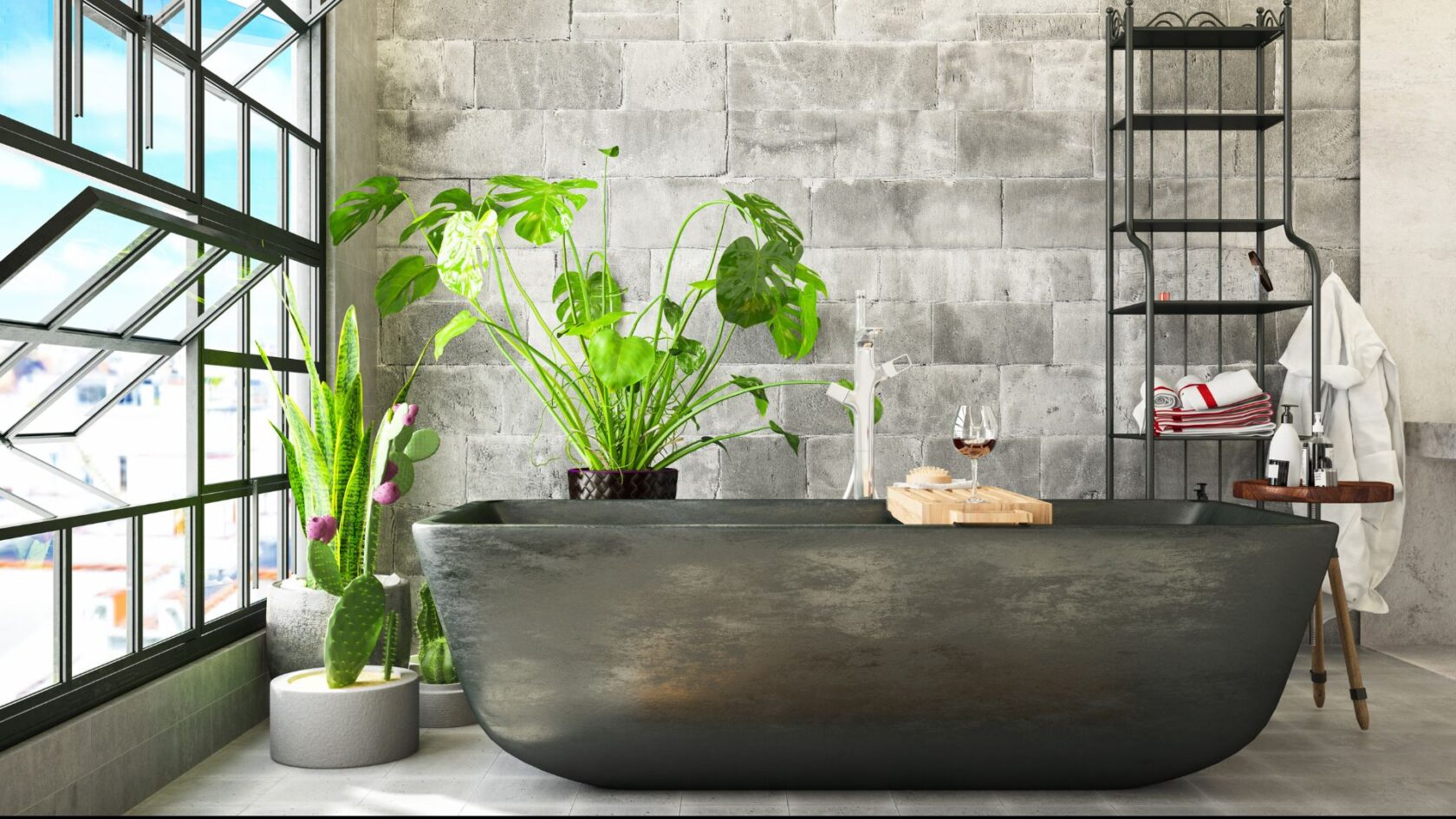- +1 613-883-7409
- info@miracledreamhomes.com
- Sat- Mon : 09am - 23.00 pm

February 27, 2024
In today’s eco-conscious world, making your bathroom more energy-efficient is not just a way to save on your utility bills, but also a step towards a sustainable future. This comprehensive guide will walk you through practical and innovative strategies to enhance your bathroom’s energy efficiency, ensuring both environmental benefits and cost savings.
- Innovative Water-Saving Techniques
Low-Flow Fixtures: Embracing low-flow toilets, showerheads, and faucets can significantly reduce water usage without compromising performance. Modern low-flow fixtures are designed to provide the same water pressure while using less water, making them an ideal choice for energy-conscious households.
Dual-Flush Toilets: Incorporating dual-flush toilets in your bathroom design allows you to choose between a lower-flush option for liquid waste and a higher-flush option for solid waste, optimizing water usage and contributing to considerable water conservation.
Water-Saving Taps and Showerheads: Installing aerators on taps and opting for water-saving showerheads can cut down your water consumption by up to 50%. These devices work by mixing air with water, delivering a high-pressure flow while using less water.
2. Energy-Efficient Lighting Solutions
LED Lighting: Switching to LED bulbs in your bathroom can dramatically reduce energy consumption. LED lights are not only more energy-efficient than traditional bulbs but also have a longer lifespan, reducing the need for frequent replacements.
Natural Lighting: Maximizing natural light can significantly decrease the reliance on artificial lighting during the day. Consider installing larger windows or skylights to brighten your bathroom with sunlight, thereby saving energy and enhancing the ambiance.
3. Heating and Ventilation Efficiency
Radiant Floor Heating: Radiant floor heating systems offer a more efficient way to heat your bathroom compared to conventional heating methods. By directly warming the floors, these systems provide uniform heat distribution, reducing energy consumption and enhancing comfort.
Efficient Ventilation: An energy-efficient ventilation system is crucial in preventing mold growth and maintaining air quality without excessive energy use. Opt for an Energy Star-rated bathroom exhaust fan that effectively removes humidity and odors while conserving energy.
4. Sustainable Materials and Practices
Eco-Friendly Materials: Choosing sustainable materials for your bathroom renovation can have a significant impact on energy efficiency. Materials like recycled glass tiles, bamboo flooring, and countertops made from renewable resources not only contribute to a greener planet but also add a unique aesthetic to your bathroom.
Water Heater Upgrades: Upgrading to an energy-efficient water heater, such as a tankless or solar water heater, can lead to substantial energy savings. These heaters provide hot water on demand, eliminating the need to constantly heat and reheat water, thereby reducing energy consumption.
5. Smart Bathroom Technologies
Smart Showers: Smart showers allow you to precisely control water temperature and flow, ensuring that you use only the amount of water and energy needed. Some models even come with eco-friendly settings, further optimizing water and energy use.
Automated Faucets: Incorporating automated faucets with motion sensors can significantly reduce water wastage by ensuring that water runs only when needed. These faucets are especially beneficial in preventing unnecessary water use, making them a smart addition to any energy-efficient bathroom.
Transforming your bathroom into an energy-efficient space requires a multifaceted approach, incorporating water-saving techniques, energy-efficient lighting, sustainable materials, and smart technologies. By implementing these strategies, you can significantly reduce your environmental footprint, contribute to a sustainable future, and enjoy cost savings on your utility bills.
Embrace these changes today to make your bathroom a beacon of energy efficiency and sustainability.
